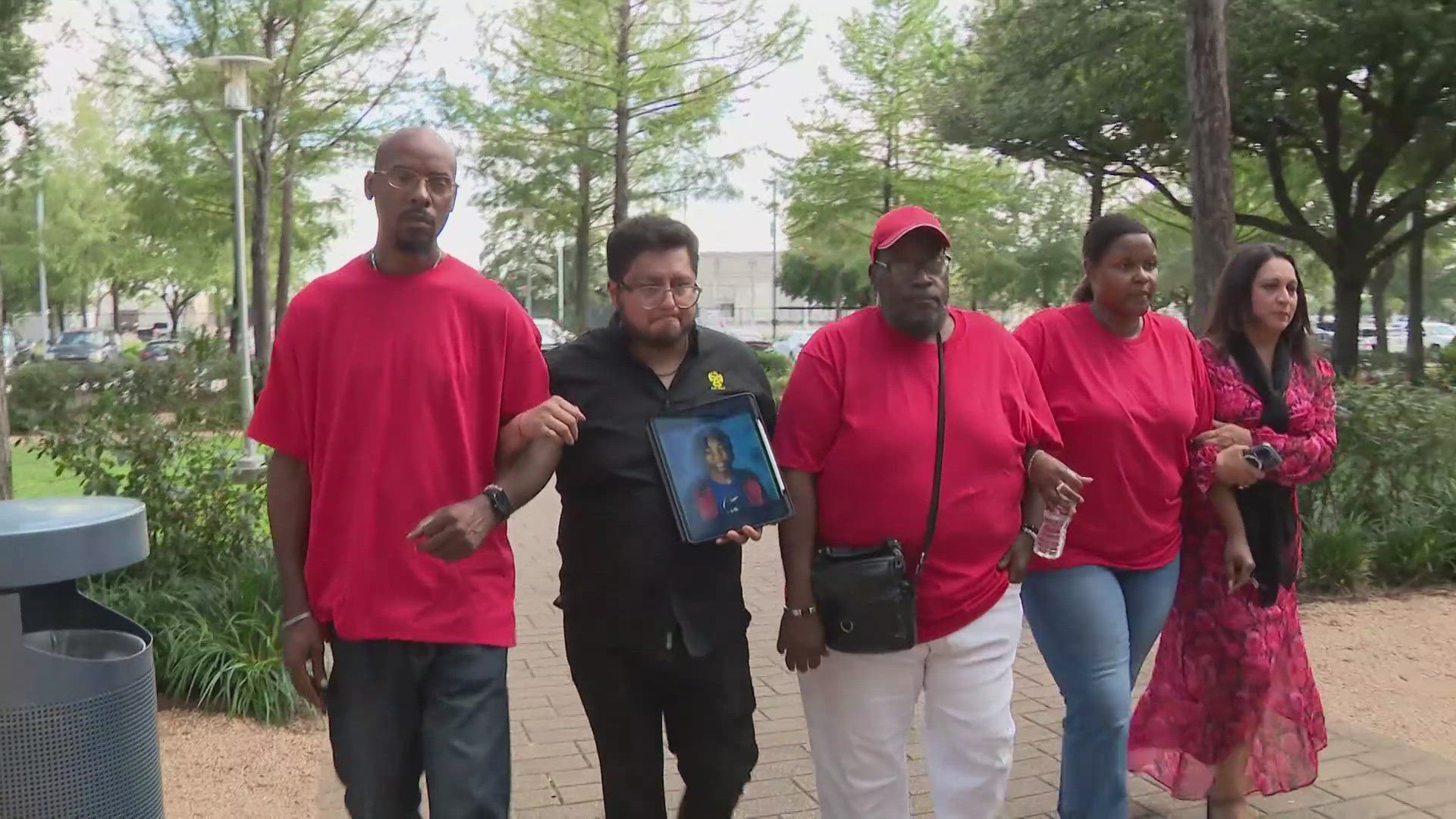Grass will likely be greener longer, this year! Call it a side effect of global warming -- or just dumb luck. October will go down as one of the warmest (if not THE warmest) in recorded history. Keeping in mind that records here only go back to the late 1800s and early 1900s (the blink of an eye in terms of Earth's history) we can't say, "warmest ever", but it is warmer this season than in most previous decades in the last century. The trend is likely to continue, as the long-range seasonal forecast suggests we'll see a warmer than normal winter. This doesn't mean we'll be freeze-free, but if the forecast verifies our tropical plants and trees -- and our lawns -- will endure fewer frosts/freezes.

The wet and warm summer did wonders for our lawns, which struggled in previous drought years. The roots are stronger than ever and growth rate the most vigorous in years. There was a period in August when we'd have to mow twice a week to keep it looking good. Thankfully those days have passed and you can get away with once every two or three weeks.
As fall sets in, our days are shorter, the sun angle lower and rainfall considerably less. This all translates to a slower growth rate, BUT because our temperatures remain about 5° warmer than normal, everything stays green. Adding to the health of the grass, humidity levels are a bit higher than normal with this persistent Gulf flow from the southeast, which helps form dew at night, keeping grass moist. You barely need to water.
Once we start to see our first frost -- which I'd estimate will hold off until the later part of November this year -- the softer Bermuda grass goes brown until spring and St. Augustine stops growing (and color fades.) As freeze territory comes in December, it's all bets off, except those who seed with annual Winter Rye grass. We will enjoy at least a few "extra" weeks this year.
Pro-tip #1: Watering Time - Many homeowners know, if you wish to water this time of year it's best to do so in the evening around sunset. The sun rays won't burn it away and it won't evaporate before seeping into the roots because relatively humidity values are higher.
Pro-tip #2: Frosty Nights - If it's going to be an especially cold night, sometimes a good soaking right after sunset will keep your lawn a degree or two warmer than the frost point due to a combination of the release of latent heat when water evaporates slowly during the night and the specific heat of water, which in this case means it takes more "cold" to freeze the wet grass than it would dry grass. (That's why Florida orange and strawberry farmers soak their fields on winter nights.)
Pro-tip #3: Fertilize in the Fall - St. Augustine grass will stay greener longer (and come back faster in the spring) with a late-fall dose of nitrogen. Home improvement stores have specially-formulated, "fall/winter fertilizer" bags, but be sure to water thoroughly after application.
If you follow these tips, your lawn might just stay greener longer.
That reminds me: I need to mow my lawn! -Brooks
If you like what you read, please follow me on Facebook page and like my Twitter page, so I can continue to bring you daily weather blogs for the Houston area.



